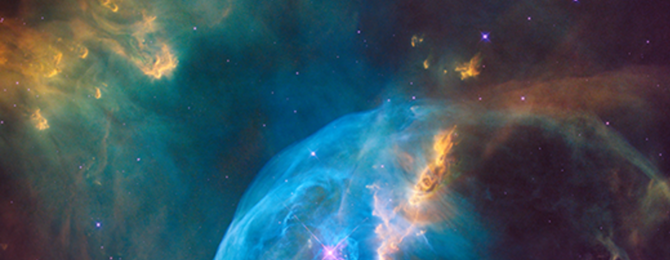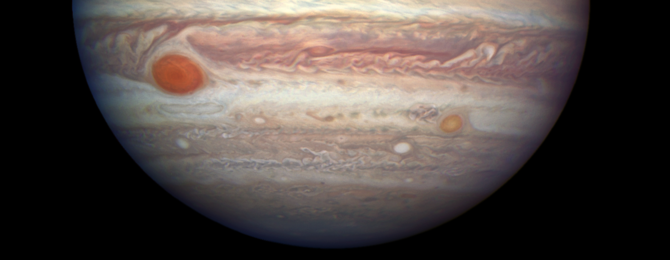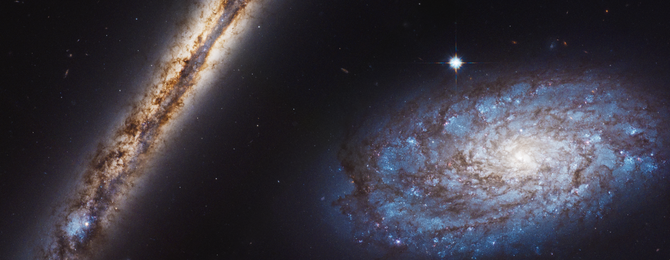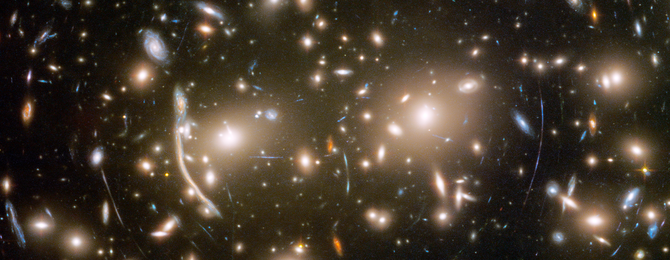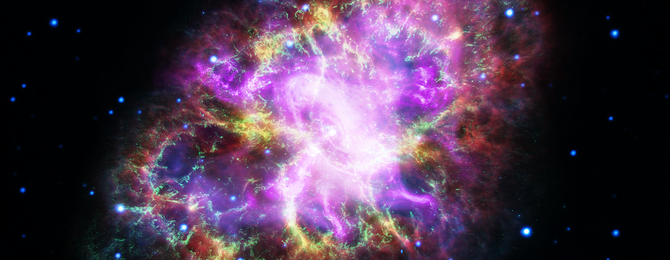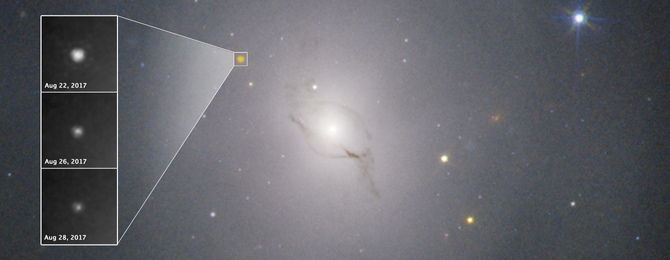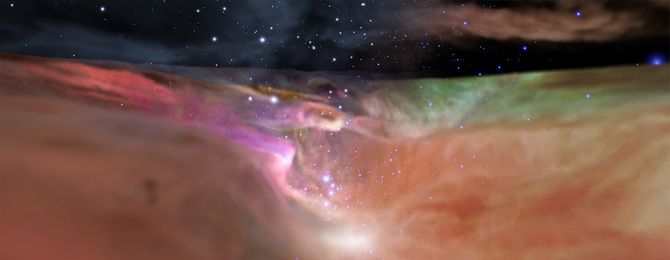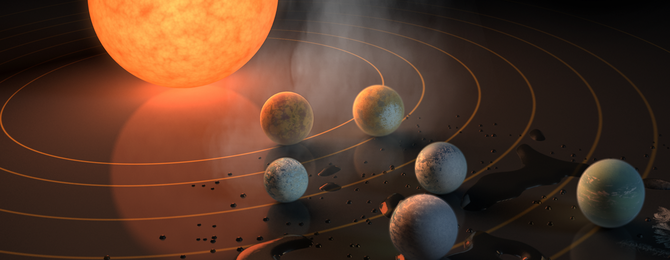Robby
Helper Bot
NASA Introduces New, Wider Set of Eyes on the Universe: Baltimore's Space Telescope Science Institute to Partner on New NASA 'Wide-View' Space Telescope
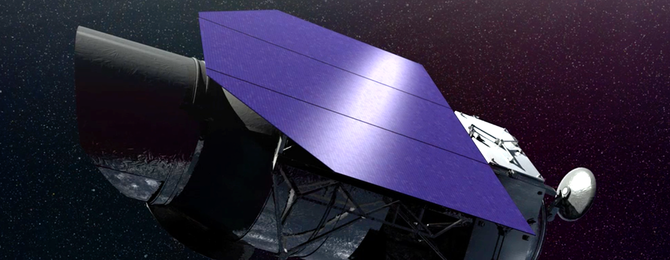
After years of preparatory studies, NASA is formally starting an astrophysics mission designed to help unlock the secrets of the universe the Wide-Field Infrared Survey Telescope (WFIRST). WFIRST will image large regions of the sky in near-infrared light to answer fundamental questions about dark energy and the structure and evolution of the universe. It will also find and characterize planets beyond our solar system, and as a general-purpose observatory, revolutionize many other astrophysical topics. WFIRST will have a mirror the same size as Hubble's, but it will have a 100 times wider view of space. Slated for launch in the mid-2020s, it will complement the capabilities of NASA's other major astrophysical observatories.
WFIRST is managed at NASA's Goddard Space Flight Center in Greenbelt, Maryland, with participation by the Jet Propulsion Laboratory (JPL) in Pasadena, California; the Space Telescope Science Institute (STScI) in Baltimore, Maryland; the Infrared Processing and Analysis Center (IPAC), also in Pasadena; and a science team comprised of members from U.S. research institutions across the country. STScI will be a partner on the WFIRST science operations and will focus during the mission formulation phase on the observation scheduling system, wide-field imaging data processing system, and the data archive.
To learn more about the WFIRST mission and STScI, join a live Hubble Hangout discussion with scientists at 3:00 p.m. EST on Thurs., Feb. 18, at WFIRST: Uncovering Cosmic Mysteries | Hubble Hangout.
(More at HubbleSite.com)

After years of preparatory studies, NASA is formally starting an astrophysics mission designed to help unlock the secrets of the universe the Wide-Field Infrared Survey Telescope (WFIRST). WFIRST will image large regions of the sky in near-infrared light to answer fundamental questions about dark energy and the structure and evolution of the universe. It will also find and characterize planets beyond our solar system, and as a general-purpose observatory, revolutionize many other astrophysical topics. WFIRST will have a mirror the same size as Hubble's, but it will have a 100 times wider view of space. Slated for launch in the mid-2020s, it will complement the capabilities of NASA's other major astrophysical observatories.
WFIRST is managed at NASA's Goddard Space Flight Center in Greenbelt, Maryland, with participation by the Jet Propulsion Laboratory (JPL) in Pasadena, California; the Space Telescope Science Institute (STScI) in Baltimore, Maryland; the Infrared Processing and Analysis Center (IPAC), also in Pasadena; and a science team comprised of members from U.S. research institutions across the country. STScI will be a partner on the WFIRST science operations and will focus during the mission formulation phase on the observation scheduling system, wide-field imaging data processing system, and the data archive.
To learn more about the WFIRST mission and STScI, join a live Hubble Hangout discussion with scientists at 3:00 p.m. EST on Thurs., Feb. 18, at WFIRST: Uncovering Cosmic Mysteries | Hubble Hangout.
(More at HubbleSite.com)

